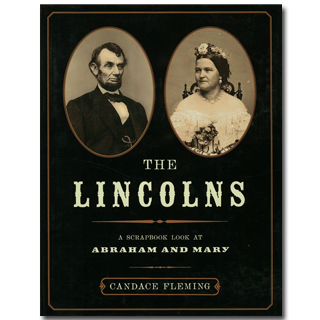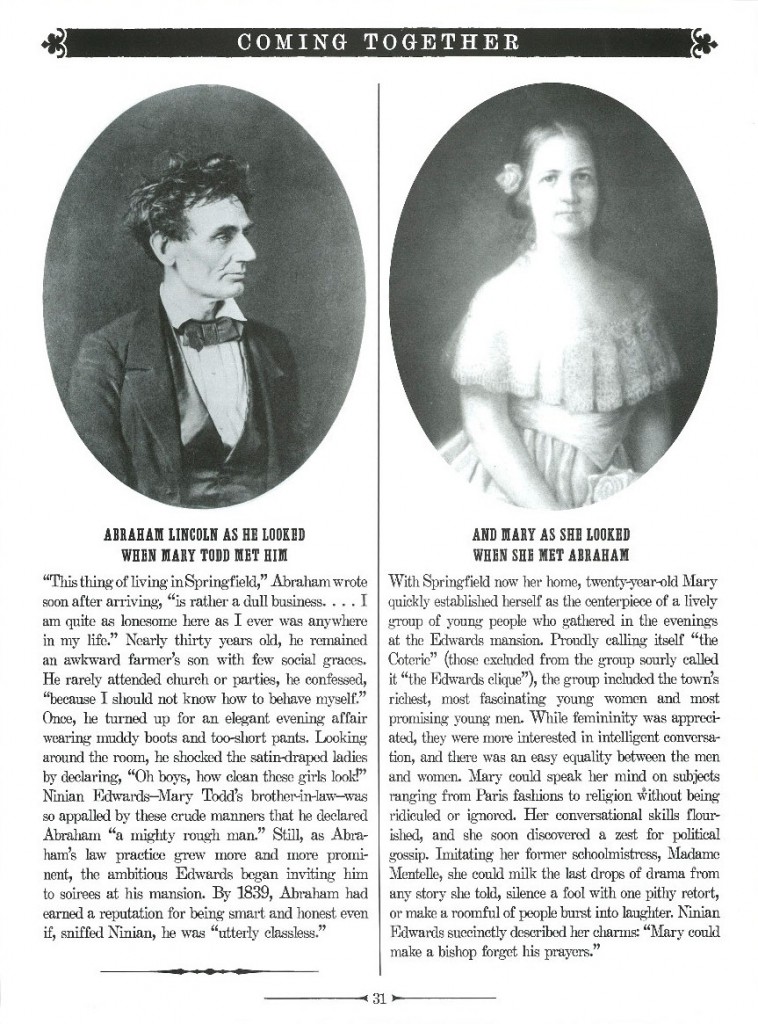
A FEW OTHER EVENTS FOR
OCTOBER 15:
- Happy birthday Barry Moser (Appalachia, Jump!, Hogwood Steps Out) and Katherine Ayres (Macaroni Boy; Up, Down, and Around).
- In 1764, historian Edward Gibbon observed a group of friars singing in the ruined Temple of Jupiter in Rome. This inspires him to begin work on the now-classic The History of the Decline and Fall of the Roman Empire.
- “Dear Mr. President…” In 1860, eleven-year-old Grace Bedell writes to Lincoln suggesting he grow a beard. Read Abe Lincoln: The Boy Who Loved Books by Kay Winters, illustrated by Nancy Carpenter, and Lincoln Tells a Joke by Kathleen Krull and Paul Brewer, illustrated by Stacy Innerst.
- Comedian Lucille Ball’s famous TV show, I Love Lucy, made its debut on CBS in 1951. Read Lucy Goosey by Margaret Wild, illustrated by Ann James.
- In 1964, Martin Luther King, Jr. is awarded the Nobel Peace Prize. Reread Martin’s Big Words by Doreen Rappaport, illustrated by Bryan Collier.
On October 15, 1860, eleven-year-old Grace Bedell wrote to a candidate running for the presidency, Abraham Lincoln. She stated that her brothers would vote for him if he grew a beard. “You would look a good deal better for your face is so thin,” she advised. Lincoln wrote back, and then, as a reporter announced, “Old Abe is…puttin’ on (h)airs!” And so a child changed the face of history.
In our book of the day The Lincolns: A Scrapbook Look at Abraham and Mary, Candace Fleming reproduces the letter from Grace as well as photos of Honest Abe before and after he grew his beard. This gorgeous 180-page oversized book has been set up as a scrapbook and at times looks like the newspaper pages of the mid-1800s. Newspaper articles, photos, posters, letters, federal documents, even dress patterns of the day have been reproduced along with the information about the topic at hand. It’s the perfect resource for exposing children to primary source material. As Fleming moves with grace from Lincoln’s log cabin birth to the final days of his widow Mary Todd Lincoln, she not only reveals fascinating details of his life but illustrates them as well. Hence this book can be browsed and read in small sections.
Because The Lincolns is so stunning graphically, the first time I looked at it I simply read it as a string of information bits. But when I looked at this book again I understood the genius of Fleming’s approach. In many of the sections, such as the demise of Mary Todd Lincoln, Fleming constructs a complete narrative. Her text can be read as a story, with beginning, middle, and end. That story has simply been illustrated and set up as if it were a newspaper page.
Sources, credits, and websites round out this book, which can be revisited again and again. The Lincolns definitely fits the category of nonfiction books that make kids say, “Wow!” If you only have the resources to buy only two books about Abraham Lincoln, I’d recommend this one and Russell Freedman’s Lincoln: A Photobiography.
In this election year, the story about Grace makes me wonder if her advice actually made the difference in that fractious campaign. Lincoln did look much more “presidential” after he grew his beard. And what advice would children provide for the two candidates today? This discussion is only one of the multitudes of ways that this elegant, beautifully written book can be used with children. It is a treasure trove for those working with them and for those who love to read narrative nonfiction.
Here’s a page from The Lincolns:
Originally posted October 15, 2012. Updated for 2019.






